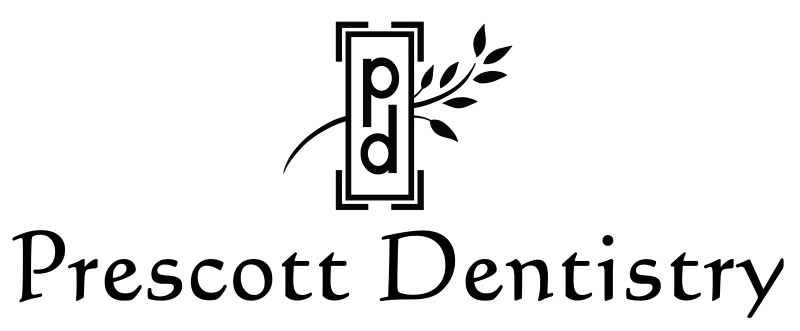
22 Feb Is Homemade Toothpaste Effective?
Like many other do-it-yourself projects, making your own toothpaste is a popular trend. It seems attractive because you can make a zero-waste toothpaste that contains natural ingredients. But is homemade toothpaste effective and safe to use? Let’s find out.
Is Homemade Toothpaste Effective?
Many people choose to make their own toothpaste because it gives them control over the ingredients, helps them generate less plastic waste, and save on the cost of dental care. With the right ingredients, homemade toothpaste can be effective at eliminating plaque buildup, but that doesn’t mean DIY toothpaste is the best choice for your teeth.
When you use a toothpaste approved by the American Dental Association, you know that it will be safe and effective. But if you make your own toothpaste, there’s no way to tell how effective it will be, and you won’t be able to include some important ingredients, like fluoride.
Fluoride is a naturally occurring mineral that strengthens your protective tooth enamel and fights cavities. Commercial toothpastes are specially formulated to contain just the right amount of fluoride for healthy teeth.
DIY toothpaste is also less effective than many commercial toothpastes when it comes to treating specific problems. If you have tooth sensitivity, stained teeth, or gingivitis, homemade toothpaste will not be as effective at protecting your teeth.
How to Make Your Own Toothpaste
Ingredients to Avoid
If you still want to try making your own toothpaste, it’s important to use the right ingredients. Some natural ingredients are actually harmful for your teeth. If they are too acidic or too abrasive, they could cause permanent damage to your enamel.
For example, lemon juice is very acidic, so it weakens your enamel and can even make your teeth soft enough for your toothbrush to wear down your enamel. And charcoal, another popular ingredient, is far too abrasive and often causes enamel erosion.
Weak enamel leads to tooth sensitivity and greatly increases your risk of tooth decay and gum disease. Worn enamel also makes your teeth look yellow, because when tooth enamel is thin, the darker color of the dentin underneath shows through.
Storage
It also matters how you store your toothpaste. While storing toothpaste in a glass jar does cut down on plastic use, it can be unsanitary. Every time you dip your toothbrush in the jar, you contaminate the toothpaste with bacteria from your mouth. And if someone else uses the same jar, you spread bacteria to each other. Refillable toothpaste tubes are a much more sanitary option.
Baking Soda Toothpaste
If you want to make toothpaste using natural ingredients, try mixing 1 teaspoon of baking soda with a few drops of water until it turns into a paste. You can also add a few drops of an essential oil such as coconut or peppermint to improve the flavor.
But keep in mind that while homemade baking soda toothpaste may eliminate plaque, it is not as effective at protecting your teeth as commercial toothpaste. And although the ADA considers baking soda a safe ingredient, it is a mild abrasive so using it too often could damage your teeth. It’s best to brush only once a day with baking soda, and once a day with a commercial toothpaste.
Holistic Dentist in Prescott, Arizona
Whether you use homemade or store-bought toothpaste, it’s essential to visit your dentist at least twice a year for professional cleanings. At Prescott Dentistry, we provide gentle cleanings along with many other holistic preventative treatments to help keep your mouth healthy. We can also let you know whether your homemade toothpaste is safe and effective. Give us a call at 928-445-1660 today to set up an appointment.
Images used under creative commons license – commercial use (2/22/2023). Photo by Karolina Grabowska on Pexels



